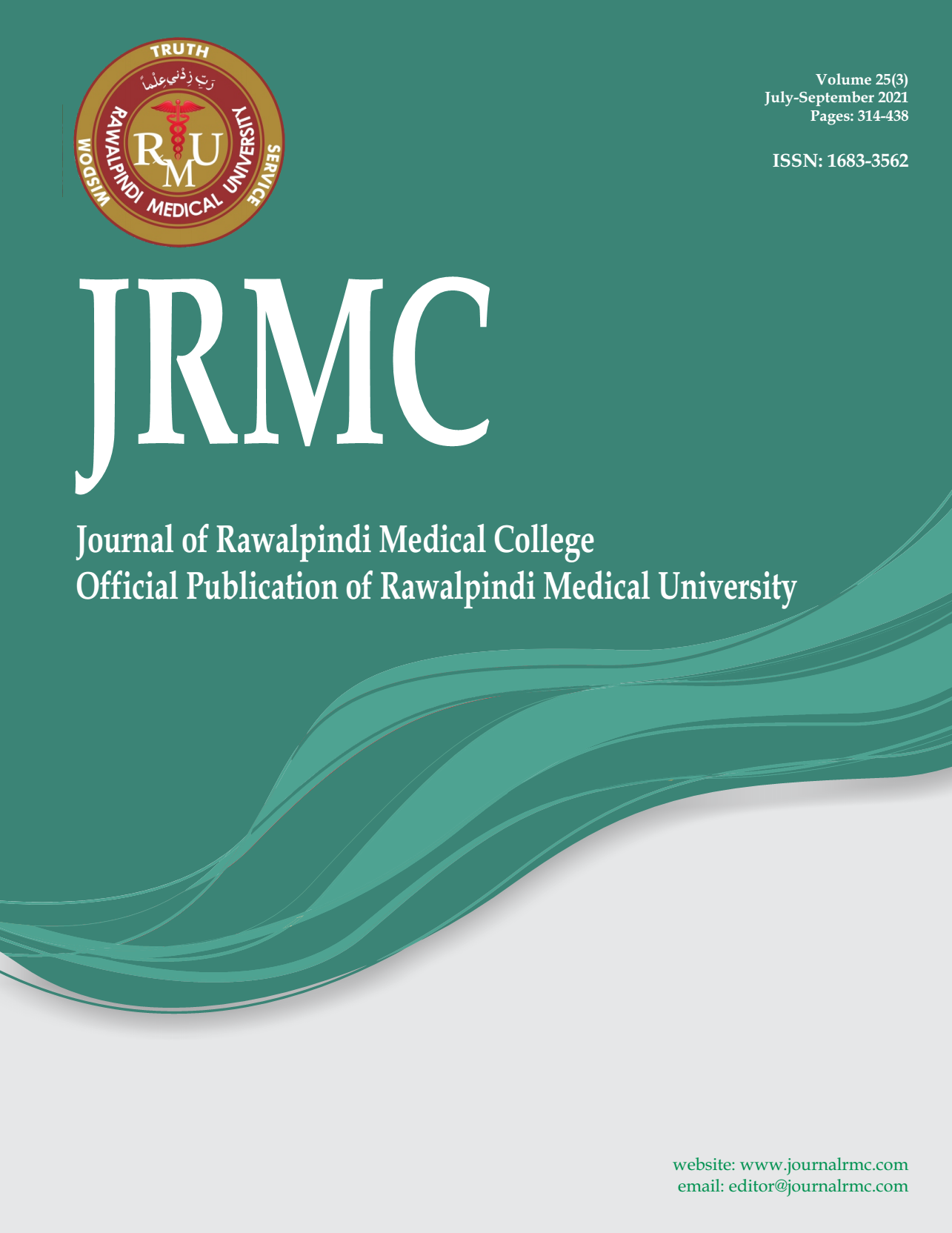Abstract
Background: To determine the correlation
between clinic-pathological parameters, like age of
the patient, size of the tumour, histologic type and
grade with molecular subtype.
Methods : This observational study included
cases of breast cancer (n=50) . Histological grade was
assessed according to Nottingham modification of
Bloom-Richardson system. Representative sections
with tumour and the adjacent normal tissue (
internal control) were processed for ER, PR and
HER-2neu immune-histochemical staining. The
scoring of ER and PR was carried out using Allred
scoring system. Molecular subtypes were defined as,
triple negative/basal type(HER 2 -,ER- and PR-),
hormone receptor(HR) +,HER2-/luminal A(HER2-,
ER+ and PR+ or -), HR+,HER2+/luminal B(HER2
+,ER+ and PR+ or-), HR-,HER2+/HER2
enriched(HER2+, ER- and PR -).
Results: Majority (96%) were infiltrating ductal
carcinoma, one was invasive lobular carcinoma and
one was colloid carcinoma. Three cases (6%) grade 1
carcinoma were recorded of which one case (2%)
each was of luminal A, luminal B and HER2
enriched type. There were 23 (46%) grade 2 cases of
which 8(16%) were luminal A, 7(14%) of luminal B,
7(14%) of HER2 enriched and one (2%) was basal
like. There were 24(48%) grade 3 cases of which
6(12%) were luminal A, 9(18%) of luminal B, 6(12%)
were HER2 enriched and 4(8%) were basal like.
Conclusion: Along with other variables, molecular
subtype is important in predicating prognosis of
carcinoma breast .Luminal A cancers are more
common in older age, while Luminal B are common
in younger age group.
Key Words: Carcinoma breast,Molecular
Subtypes, Estrogen receptor, progesterone receptor,
Human epidermal growth factor receptor

This work is licensed under a Creative Commons Attribution-ShareAlike 4.0 International License.
Copyright (c) 2018 Aisha Akbar, Ghazala Mudassir, Mariam Abid,Hania Naveed, Mahwish Majeed

